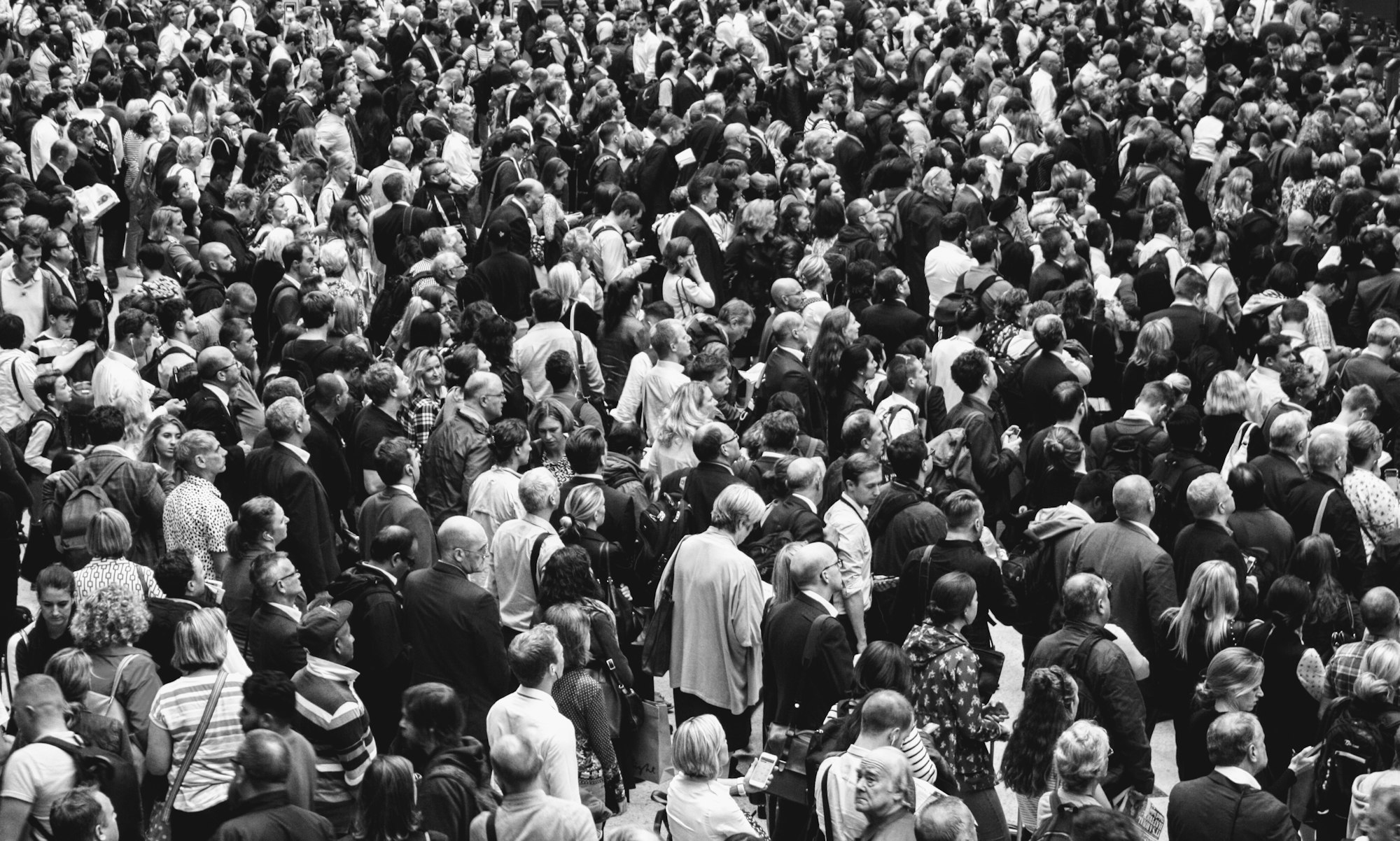Welcome to the 8 billion people mark
You can expect a different cultural approach to the future from here on.

Today, 15 November 2022, officially marks the day that the world is home to 8 billion human beings.

For some, the rise of human populations brought with it a chilling warning that the world would end up being overpopulated and the sheer crush of humanity living on a tiny planet would ensure our demise.
But here we are at 8 billion and the world's future is far more threatened by idiotic rich individuals living in wealthy nations than it is by growing societies in Africa and Asia.
So how is the world's population growing? The Economist breaks it down for us:
Population growth rates are falling
The global population growth rate is falling fast. In 1963 total population rose by 2.3%. In 2022 it grew by just 0.8%, the lowest rate since the 1950s.
People are having far less children than they were just 30 years ago
The total fertility rate, which measures how many children a woman can expect to have in her lifetime, has plunged from 3.3 in 1990 to 2.3 now, only slightly above the “replacement rate”—at which the population stays constant—of about 2.1.
Growth is really coming from just 8 countries
About half the world’s projected population growth between 2022 and 2050 will occur in just eight countries. Five of those are in Africa (Congo, Egypt, Ethiopia, Nigeria and Tanzania). The other three are in Asia (India, Pakistan and the Philippines). India will probably overtake China as the world’s most populous country next year. Africa overtook the combined populations of Europe and North America this year (in 1980 it had just one-third of their total).
Climate change risk still forecast to come from older, wealthier nations
People in India and Africa pollute far less than their counterparts in America, Europe or China. According to the UN, poor and lower-middle-income countries account for only a seventh of the world’s emissions of carbon dioxide. But 90% of population growth over the next decade will come from these less-polluting countries. Population growth can sometimes make environmental pressures worse: think of drought-stricken Somalia. But globally, there is little evidence that population growth, in and of itself, contributes as much to global warming as rising living standards do.
When does the world see its population peak?
On current trends, the global population will reach 9bn in 2037 and peak at 10.4bn sometime between 2080 and 2100.
The takeout
Just like Y2K the world's growing human population is not a ticking time bomb. It it following a predictable bell curve of growth and decline. What is however interesting is that different populations have unequal effects on the planet.
Although they are experiencing declining population growth, rising living standards in 'Western' economies pose the highest threat to the global planetary environment, which means that culture far more than demographics is the real cause for concern when it comes to the future of the planet.
If we want to save the planet we need to reframe the definition of what success and wellbeing looks like. Africa's a big place, but we don't have enough roads for everyone to be driving a Cadillac and thinking that they're the next JR Ewing.
The future therefore is in Africa, but don't expect a prosperous and thriving continent that simply follows the rules handed to it by wealthy, culturally-homogeneous nations that have gone before it. A new, more equitable, less destructive approach will be taken no doubt.
More:
The world’s population has reached 8bn. Don’t panic
Fears of overpopulation and underpopulation are both overblown



